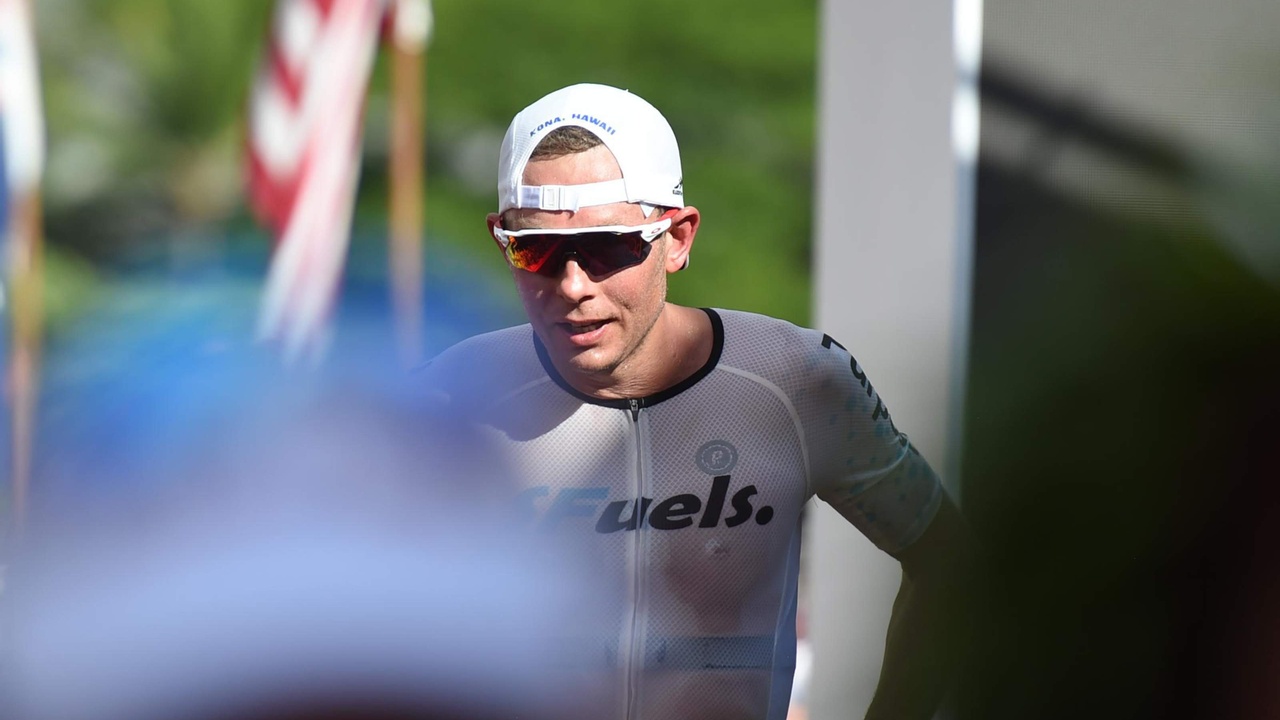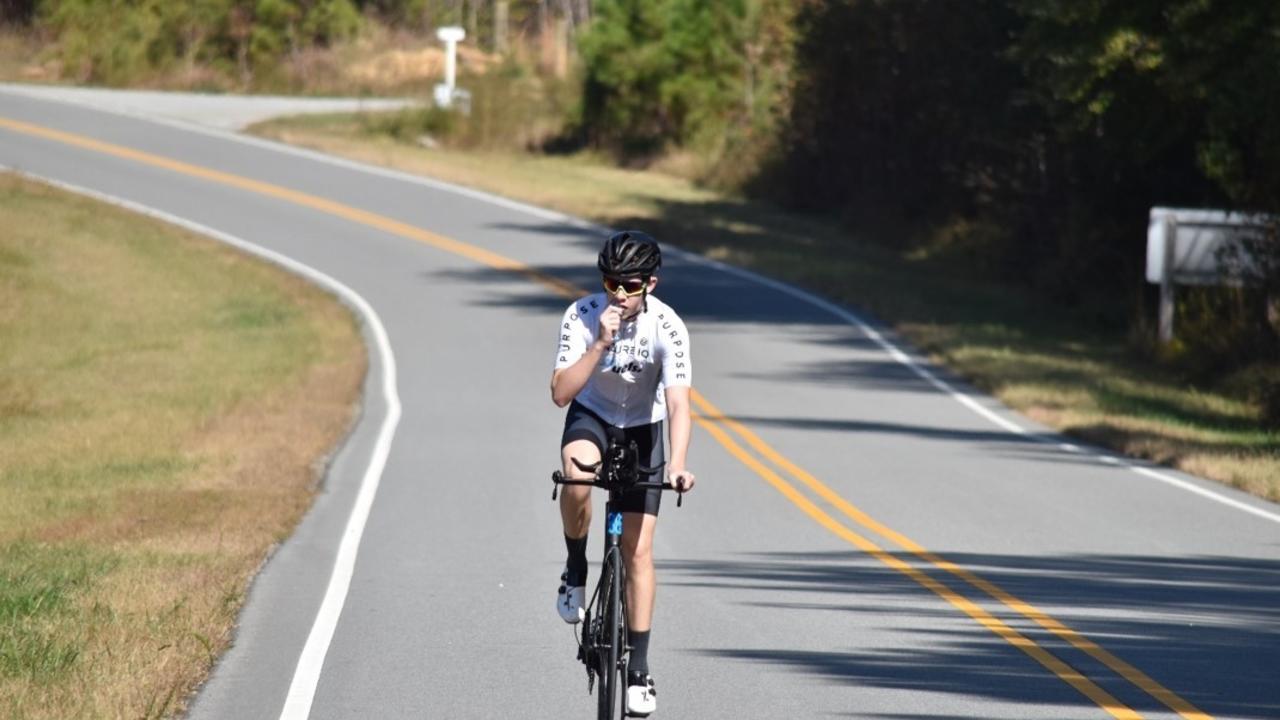Heat Training to Improve Exercise Performance in Cool Conditions

One topic that has received increasing attention in the scientific and endurance sport community over the last few years is training under environmental heat stress. The benefits of training in the heat in preparation for a competition in a hot environment is well-established (3, 23). That process is called heat acclimatisation (or acclimation when performed in an artificial hot environment like a heat chamber), and is an effective means of improving an athlete’s thermoregulatory capabilities in order to tolerate the stress associated with the dual stresses of competitive work outputs and high environmental stress. That is not what this blog is about. Interested readers are directed to our course dedicated to preparing for long-distance triathlon competitions in hot environments (LDT 103).
In this blog we are instead concerned with whether training under environmental heat stress can be used as an additional stressor in order to promote endurance training adaptations relevant to perfo...
CHO Supplementation for High Intensity Training in LCHF Long-Distance Triathletes: When and How

-Dr Dan Plews
By now, I hope all of our current and past LDT101 course enrolees are convinced of how important it is to maximise your capacity to make use of your effectively unlimited fat energy stores during long distance triathlon. As Prof. Grant nicely puts it during the course introduction in Endure IQ LDT101: The Practical Application of Low Carbohydrate Performance for Long Distance Triathlon, “the devil is in the detail!”. In this blog post, I am going to describe specific training situations in which using a small “carbohydrate booster” might be a useful tool in getting the best adaptive bang for your buck.
Background
As we have discussed previously, one of the main anxieties endurance athletes have before making the move to LCHF, is the possibility of suffering a loss of high-intensity performance. The strategy we set out in LDT101 should go some way to alleviating these anxieties but it is no secret that being able to access carbohydrate energy stores is importa...
